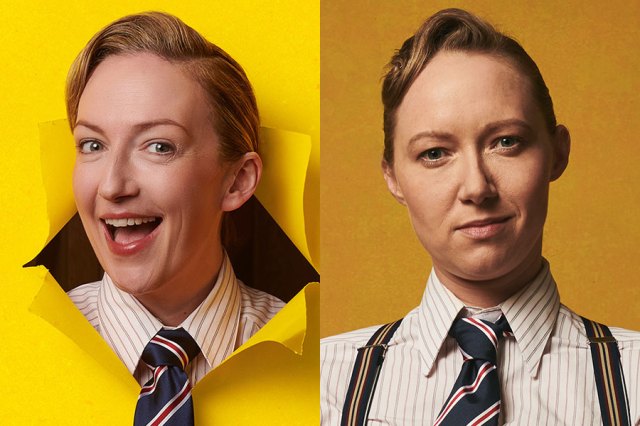Sweeney Todd (ROH)
Covent Garden’s Royal Opera House has finally staged its first musical. Not just any musical either. It’s Sweeney Todd, Stephen Sondheim’s masterwork of obsession and revenge, first seen on Broadway in 1979 and in London a few hundred yards from the Opera House a year later, in an all-too-short-lived production at the Theatre Royal, Drury Lane.
Though London didn’t initially embrace a show actually set here, it has had any number of reclamations since, from the fringe to the National and even a British opera company (the Leeds-based Opera North).
So Covent Garden is wrestling with a lot of ghosts and expectations in adding Sweeney to the repertoire. For its house debut, the ROH has marshalled some of its greatest operatic guns, including Sir Thomas Allen in the title role, Felicity Palmer as Mrs Lovett, Rosalind Plowright as the Beggar Woman, Bonaventura Bottone as Pirelli and Robert Tear as the Beadle.
This means, of course, that this Sweeney – co-produced with the Lyric Opera of Chicago where it was first seen, with Britain’s Bryn Terfel as the demon barber – is exceptionally well sung. But, while clarity in the vocal department is welcome, Sondheim has always been more about character than voice, acting rather than singing. And that’s never the strongest suit of an operatic outfit.
Nor is this Sweeney much aided by a minimalist (to put it generously) or threadbare (if not) staging that, as designed by Brian Thomson, is visually plain (when it’s not plain ugly), comprising merely a scaffolding grid from which hang a number of white curtains endlessly re-arranged to define different spaces.
These wretched curtains enable director Neil Armfield‘s most over-used and irritating theatrical device, which is to perform shadow-plays behind them that reflect the onstage action. There’s also a small unit that comes out of the floor for Todd’s barber shop.
The cast have to work hard to animate such a large, vacant space, and though their (subtly amplified) voices more than fill it, their performances are frequently broader, too, than the subtle modulations of character that are really required. It’s a larger-than-life story, to be sure, and Sondheim’s score has an epic grandeur that sometimes defies intimacy, too. The broader it gets, the more melodramatic it seems. And Armfield is overly-keen on the “Grand Guignol” approach to the murders.
Still, when it comes to the music, this production is blood-curdlingly good. Sondheim’s score, and Jonathan Tunick‘s orchestrations of it, is gloriously performed in the shimmering orchestral playing under the baton of Sondheim’s long-time Broadway conductor, Paul Gemignani.
If, in opera houses, it’s the music that counts above all, this production is a five star affair. But, as it’s a musical being performed in one, there are other dramatic matters that are less evenly matched.
– Mark Shenton












